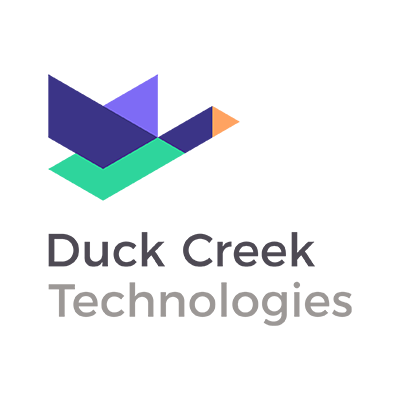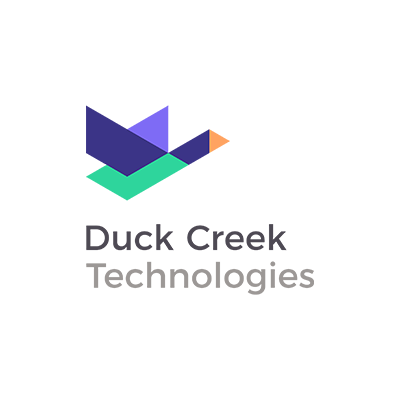The insurance industry has been greatly disrupted in recent years, in large part due to digital transformation. The ripple effects of that transformation have driven widespread insurance innovation — no aspect of insurance functions (for both carriers and their customers) is exempt. As you might expect, this has had a disruptive effect on operations.
An Ernst & Young (EY) report put it best:
“We live in a transformative age, an age of change. Traditional insurance business models are being challenged by new thinking, new competitors, new ways of working and new challenges.
Insurers are already under pressure to change now. The next wave of macro and micro changes global, local, industry and market-specific promises increasingly complex risks and new, currently unpredictable demand for effective ways to provide resilience in these uncertain times.
What is Driving Change in Insurance?
While there are certainly many industry standards changing and technological advances happening in the industry, arguably the primary factor driving insurance innovation is customers. In pursuit of the optimal customer experience, insurers are consistently seeking out solutions that improve their performance and meet customer expectations. Failure to meet those expectations means falling behind competitors in an increasingly competitive space.
So, how can insurance innovation help carriers win over and retain their customers? It comes down to two benefits: enhanced flexibility and improved responsiveness.
- Flexibility: On the customer-facing side, flexibility refers to a customer’s ability to conduct business and self-service through a number of different channels. Digital innovation of the insurance industry has made it easier than ever for insurers to provide high quality service via the web, mobile apps, on the phone, and even via chatbots in a seamless manner.
- Responsiveness: Because there are so many touchpoints, it’s easier than ever for insurers to provide highly responsive service that feels personalized and empathetic. When people feel genuinely cared for in a time of distress or need, they are more apt to be happy, repeat customers.
According to Boston Consulting Group, “Insurers are competing for new digital-native customers. To do so, they have to disrupt the status quo with new digital businesses that reinvent conventional insurance offerings. Digital innovation is key to winning customers and creating new revenue streams.”
With so much changing in the world — both within the scope of the insurance industry and beyond it — there are particular innovative insurance trends to be aware of. Here are seven concepts and technologies that are and will continue to disrupt the insurance industry and redefine expectations for insurers.
7 Disruptive Ideas Changing the Insurance Industry
- Workflow Automation with Machine LearningMachine learning, a sub-category of artificial intelligence (AI), has been used in insurance automation for some time. While it’s most frequently associated with chatbots and mobile apps (customer-facing functions), it’s also being used to optimize workflows on the back end of operations. With machine learning, insurers can expedite underwriting, process billing, handle internal queries, and more, resulting in marked improvements. One insurer turned to AI technologies to automate the pre-renewal underwriting process, which was 75% more efficient than manual processes.
- Claims Processing Using Machine Learning
Claims processing is a notoriously slow process — or, at least, it used to be. Using AI, insurers can now respond to customers quickly, which is crucial to ensuring that they get their money quickly. Using claims processing software, agents can assess coverage, communicate instantly via portal, create follow-up tasks, and, ultimately, process claims in a vastly more efficient process. By reducing cycle times, customers are satisfied, and insurers can successfully process a larger volume of claims. - Telematics and Risk Management Improvements
Auto insurers may have sporadically used telematics systems in the past, but these systems are becoming more of a mainstream tool thanks to their improvement of risk management. Telematics systems — the devices that collect data about your driving habits — are helping inform underwriting accuracy and risk assessment to make these processes more accurate and less costly. The driving performance data derived from telematics can be used to generate more accurate pricing models, which ultimately “align to a driver’s susceptibility to various risks and can be refined over the life of a commercial insurance policy.” - Improved Conversational Chatbot Interfaces
You likely have had a standout chatbot encounter where the interface felt particularly robotic, non-conversational, and, frankly, clunky. This is not only off-putting to customers, it can actually drive them away from your brand entirely. “According to one survey, 73% of customers said that they would never use a company’s chatbot again after just a single negative experience.” Thankfully, advancements in AI technology paired with new insurance innovations have made creating a more conversational chatbot experience possible and necessary. - Insurance APIs and Innovation
Application Programming Interfaces (APIs) are providing insurers with the flexibility and scalability they need to develop and deploy new and innovative solutions. Using APIs, you can connect disparate systems and applications and empower them to work with each other seamlessly. This is vitally important in today’s market, as many insurers utilize solutions and applications from different providers hosted both on-site and in the cloud. To realize the full capability of any technology system, they must all be able to communicate, share data, and work together without roadblocks in an open platform — APIs are making that possible. - Insurance Fraud Detection Software
New, insurance-specific advancements in AI are also improving fraud detection capabilities. Because AI can process and analyze data much faster than a person could, insurers are turning to this fraud detection software to look for patterns and abnormalities in customer behavior and history that might point to fraud. For example, AI can compare new claims against pre-existing data to detect when claims values are higher than the norm, a key indicator of fraudulent behavior. - Retaining Human Intellectual Capital
Finding, hiring, and keeping high-quality talent is challenging for any business in any industry, but particularly in insurance. There is a relatively high rate of burnout, driven by constantly evolving regulations, tough customer demands, and the advancement of AI technologies taking over some day-to-day tasks. The good news, however, is that there is no replacement for the personal touch of an agent or claims handler; this is especially true in the complex commercial and specialty markets. This makes it even more critical that insurers do what it takes to become more appealing to young professionals and those already established in the industry.
Ultimately, the ability to meet customer demands and continue to innovate in the insurance industry comes down to the ecosystem your solutions are built upon. To remain competitive, you must seek out easy-to-integrate, highly configurable platforms that support utilizing new data, analytics sources, and business models. With these more flexible, cutting-edge tools, you will be able to provide the level of service customers expect, and stay one step ahead of whatever comes next in this ever-evolving industry.





